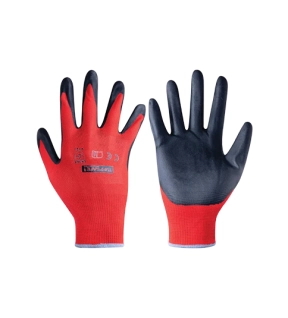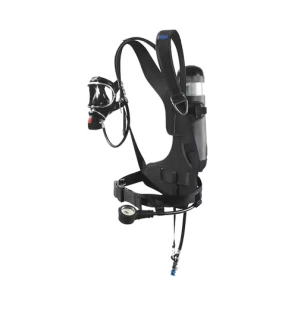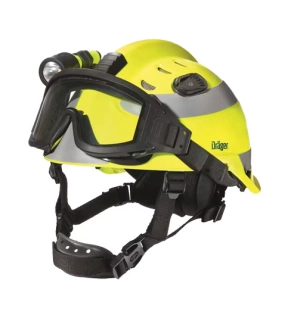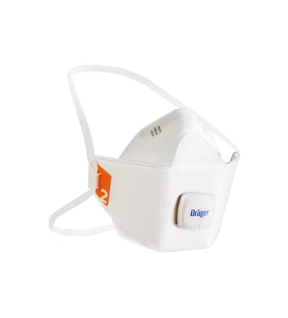




Safety & PPE
Drager PEX 3000
The transmitter Dräger PEX 3000 detects flammable gases and vapours in concentrations below their lower explosive limit (100 %LEL). It increases the explosion protection of your plant. Its catalytic bead sensor provides a long-term stable measuring signal and responds to gas within a few seconds.
Download
Products Lainnya
Tuffsafe Mechanical Hazard Gloves, Black/Red, Nylon Liner, Nitrile Coating, EN388: 2003, 4, 1, 2, 1, Size 9
Protect the hands when handling greasy and oily components with Red Cut 1 safety gloves from Tuffsafe®. Colour-coded to indicate their medium protection level (level 1), these lightweight, breathable gloves offer excellent grip thanks to the nitrile foam palm coating.
Features and Benefits
• Seamless design to avoid skin irritation during prolonged use
• Knitted elasticated cuff for a secure fit
• Flexible to maintain dexterity
Standards
• CAT II
• EN388 4.1.2.1.
Warnings
• Not suitable for use in areas with a cut risk
Notes
• 13 gauge
Features and Benefits
• Seamless design to avoid skin irritation during prolonged use
• Knitted elasticated cuff for a secure fit
• Flexible to maintain dexterity
Standards
• CAT II
• EN388 4.1.2.1.
Warnings
• Not suitable for use in areas with a cut risk
Notes
• 13 gauge
Drager PAS® Micro
Combining versatility, ease of use and the latest in breathing apparatus design, Dräger’s PAS® Micro is among the most technologically advanced short duration and emergency escape units available.
Drager HPS 3500
The Dräger HPS® 3500 – a multifunctional and universal helmet for the diverse requirements of rescue teams during search and rescue, forest and bush fire fighting, traffic accidents, rescue from heights, water rescue and any kind of technical assistance.
Drager X-plore® 1900
Dräger X-plore® 1900 is a high-performance, single-use dust mask for protection against fine dust and particles. The premium particle filtering mask is available in two sizes, combining ease of use, exceptional comfort and optimal fit. For the highest degree of safety – even for people wearing spectacles.





